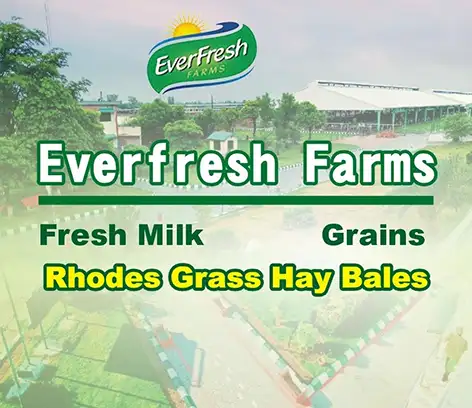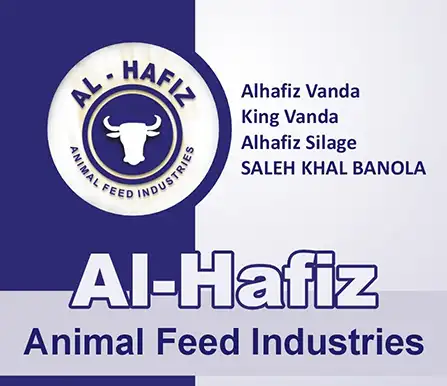Hay and Silage Companies in Pakistan
Two of the most widely used feed products in livestock and dairy farming in Pakistan are silage and hay. This explores Hay companies and Silage companies in Pakistan, the types of products they offer, the benefits of silage and hay, and their significance in animal nutrition.
Silage and Silage Companies in Pakistan
Silage is fermented, high-moisture fodder that is typically made from grass or other green crops like maize (corn), or sorghum. The process of silage production involves chopping the forage, compacting it, and storing it in airtight conditions, such as bunker or silage pits, to undergo fermentation. Fodder is also compacted and preserved in the form of bales wrapped by special stretchable wrapping film with the help of silage machinery.
The fermentation process preserves the nutrients in the forage and allows it to be used as animal feed. Silage is rich in energy and digestible fiber, making it a valuable feed source for ruminants like cows, buffaloes, goats, and sheep. It is commonly used in dairy and beef farming to supplement the animals’ diet. The most commonly used silage in Pakistan is corn silage.
Benefits of Silage Companies in Pakistan
High Nutrition: One of the main benefits of silage is its ability to retain nutrients, even after fermentation. The fermentation process preserves the vitamins, proteins, and carbohydrates present in the forage, providing high-energy feed to livestock.
Year-Round Availability: Silage can be stored for months, allowing livestock farmers to provide nutritious feed during seasons when fresh forage is unavailable.
Increased Milk Production: For dairy cows, feeding silage maize leads to higher milk production, as it is a good source of both energy and protein.
Improved Feed Efficiency: Silage is easy for ruminants to digest, resulting in better feed efficiency and weight gain in beef cattle.
Reduction in Feed Costs: Since silage can be made from surplus crops during harvest seasons, it can be a cost-effective alternative to other forms of feed, especially in times of feed scarcity.
What is Hay?
Hay is dried grass or legumes, such as Rhodes grass or alfalfa, that are cut, dried, and stored for later use. Unlike silage, hay does not undergo fermentation and is typically preserved by drying the forage in the sun or using mechanical dryers. The drying process reduces the moisture content of the plant material, preventing mould and spoilage, and allows hay to be stored for extended periods without losing its nutritional value. Hay companies in Pakistan produce hay through machinery to make hay bales at large scale for the commercial usage.
Hay is an excellent source of roughage and provides essential nutrients such as fiber, vitamins, and minerals, which are vital for the digestive health of livestock. It is commonly used for feeding herbivores, especially during winter or when grazing is not possible.
Benefits of Hay
Rich in Fiber: Hay is an excellent source of fiber, which is essential for the healthy functioning of the digestive system in herbivorous animals. It helps maintain proper gut motility and prevents digestive disorders like bloating.
Long Shelf Life: Unlike fresh forage, hay can be stored for extended periods without spoiling, making it a reliable feed option for the off-season.
Cost-Effective: Hay is an affordable feed option for farmers, especially during periods when grazing is not possible. It can be grown locally and stored for future use, making it an economical choice.
Variety of Nutrients: Depending on the type of hay, it can be rich in protein, vitamins, and minerals, offering balanced nutrition for different types of livestock.







